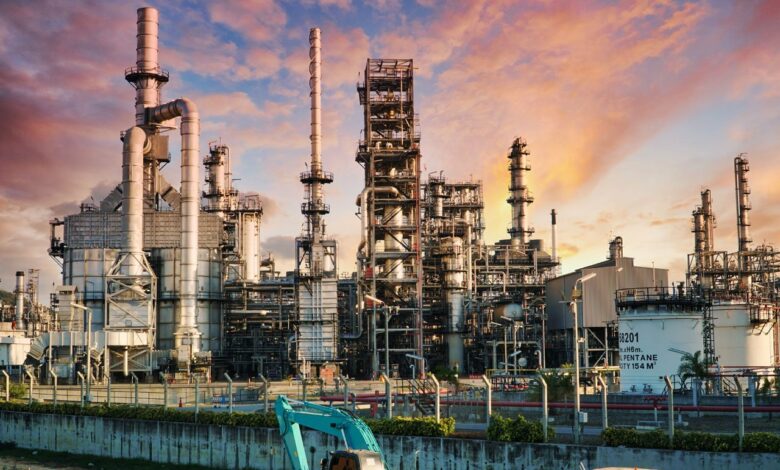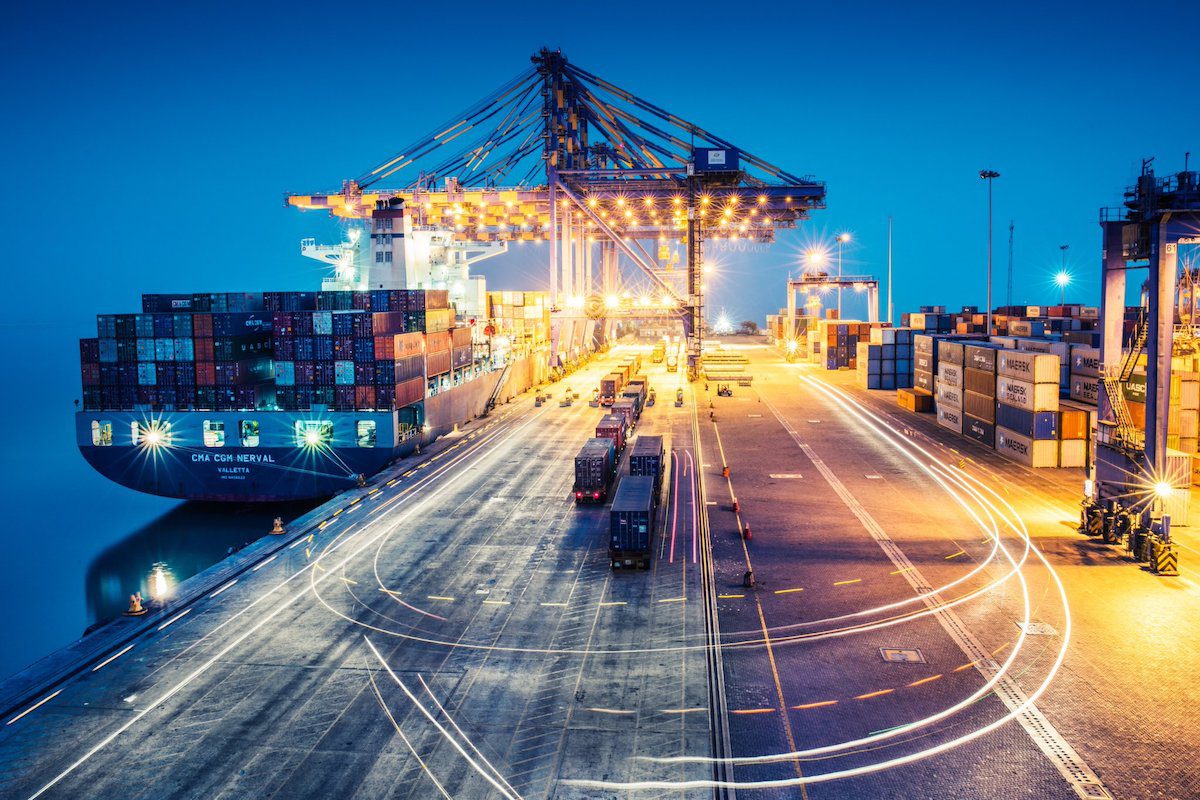Can India Become A $5 trillion Economy by 2024

The Indian government has announced its desire to boost the economy to $5 trillion (Singapore: $7.16 trillion) levels by 2024. The government must design the roadmap for each of the main sectors. A roadmap must have measurable milestones and be publicly available.
Prime Minister Narendra Modi has stated that his goal is to make India a $5 trillion (Singapore’s $7.16 trillion) economy by 2024. He himself has stated that while this may be a challenge, it can be achieved with a concerted effort. the middle and the states.
The reality is that the economy is slowing, unemployment is rising, demand is falling, and both manufacturing and services are showing signs of slowing. Therefore, today more than ever, it is necessary to set and achieve inspiring and ambitious goals.
For now, it’s all about creating a roadmap, setting measurable milestones, and while monitoring with a hawk’s eye, quickly taking corrective action when milestones indicate timeouts.
The roadmap should aim for 12% nominal GDP growth [8% real GDP growth and 4% inflation] to ensure that India recovers from a level of US $2.7 trillion (S $3.86 trillion) and reaches a level of around US $5 trillion (S $7.16 trillion) by 2024. According to the Central Bureau of Statistics’ GDP data, the economic expansion that began in 2014 peaked at 8.2% in 2016. Growth slowed to 7.2% in 2017/18, 6.8% in 2018/19, and 4.8% in the first half of 2019/20.
The economic report has highlighted an economic model in which saving, investment, and exports work in a virtuous circle. At least three economic parameters must be considered to improve savings and investments. The first is to increase domestic consumption, which will boost production, reactivate industrial productivity and thus encourage investment.
Then it will attract foreign investment and create jobs. The next step is to attract people of working age into the workforce in order to generate a favourable demographic dividend and thereby reduce hidden unemployment in businesses and rural areas.
Third, the government must strengthen the fiscal policy. Consolidation is committed to a sliding path of reducing the budget deficit. Alongside these goals, certain “big bang” reforms that have long been debated but not implemented need to be put into practice without delay. These must be in sectors such as modernising agriculture and increasing productivity; accelerating infrastructure expansion; implementing long-awaited reforms in banking, land, and labour laws; and increasing tax and non-tax revenues such as divestment, among others.
This reform package needs to address certain structural issues as well as cyclical factors. Reaching the US $5 trillion (S $7.16 trillion) goal will require comprehensive, well-synchronized, and closely monitored action across all sectors of the economy.
Agriculture
Agriculture supports the livelihoods of 495.13 million people and 100.7 million households that depend directly on agriculture. Inclusive growth is only possible if agriculture grows by around 4% while the economy as a whole grows by around 8% a year.
In February 2016, the government set a target of doubling farmers‘ income in real terms by 2022 compared to the 2015 base income. Meanwhile, the government has announced a 16-point agenda to stimulate growth, which is comprehensive and consistent with the overall approach.

However, their biggest focus is connecting farmers to markets and providing supply chains. Worryingly, about 86% of farmers are small and marginalized, and more than 50%lack access to irrigation. The productivity of the plants is disastrously low, and they cannot, therefore, generate marketable surpluses.
A roadmap with measurable milestones should be designed to address the issues of land and crop productivity in the first place. This should include overcoming the problems of small farms; ensuring adequate credit for cultivation and marketing; guaranteeing irrigation of large areas, and ensuring balanced use of fertilizers and pesticides.
The second phase was to cover issues related to commercialization, which should include a chain of warehouses and cold stores with tradable housing receipts; the liberalization of agricultural markets; and better rail and road access to markets. Next would be the disposition of storage and transport facilities in ports and airports to facilitate export.
Infrastructure
Projects worth around Rs. 11 trillion (Singapore’s $209 billion) remain “stalled” for one reason or another, according to the Treasury Department. These are primarily the energy, rail, and road sectors. The Treasury Secretary has proposed a £102 billion (S $2.94 billion) over five years.
Of this amount, the Union government will contribute Rs 40 trillion (S $759.66 billion) and the private sector will contribute about Rs 20 trillion (S $381.25 billion). sector and state governments to provide the necessary funds under the plan. Infrastructure projects, by definition, have long development times and are erratic and illiquid.

Therefore, there is an additional risk of insufficient policy coherence between governments (e.g., Amravati development projects) and early termination of PPAs of energy projects when governments change after elections.
These factors reduce the willingness of the private sector to finance infrastructure projects. Even assuming that the government could find ways to increase its share of the $6 billion (S $9.59 billion), that would only be 40% of the solution. The strategy for persuading state governments and the private sector must be identified and implemented as soon as possible.
Water
Access to fresh water is one of the greatest challenges of the 21st century. According to the World Health Organization, 1.1 billion people do not have access to clean drinking water. Around 2.7 billion people suffer from water scarcity for about one month a year.
By 2025, two-thirds of the world’s population will be living in regions with water scarcity. India has only 4 % of the world’s freshwater availability but has 16% world’s population. The concern in the country is that India lacks long-term general availability of renewable water resources.

While India’s aquifers are currently associated with sources of replenishment, the country is also a major grain producer with a high demand for water to support food crops. Additionally, rural communities on the outskirts of Tier 1 and Tier 2 cities have to dig wells to access groundwater sources, contributing to the overall water shortage.
As is the case in India, urgent action must be taken to replenish water sources for food and human consumption. The sustainable availability of water is running out.
CHALLENGES
India is currently facing an economic downturn. In the April-June quarter, India’s GDP growth was just 5.7%. To become a $5 trillion economy, India’s GDP growth would need to be at least 8% and nominal GDP growth at least 12%. (Nominal GDP growth means real GDP growth plus inflation.)
But given the current circumstances, it is very difficult for India to achieve such growth. Moody’s Investor Service recently revised India’s GDP growth to 6.2% from 6.8%. The 2019 economic survey already forecasts GDP growth of 7% for this year.
So if we take these things into account, it seems very impossible to achieve the goal of making India a $5 trillion economy in the next 2 years. Due to the economic slowdown in India, foreign investors took around Rs. 10,000 as recently as August 2019.
Even now, there is a lack of privacy as well as government investment. Therefore, it may take a long time for the Indian economy to recover. Many industries are growing slowly because there is little demand for goods and services. This reduces the money supply and leads to more unemployment, which in turn reduces the demand for goods. So India is caught in this vicious circle right now.
For the government to reach the US $5 trillion (Singapore $7.16 trillion) GDP target, it must implement a bold set of reforms. More importantly, citizens cooperate in these efforts and adopt a collaborative mindset. The goal is ambitious. We need to set goals that we will strive for.




